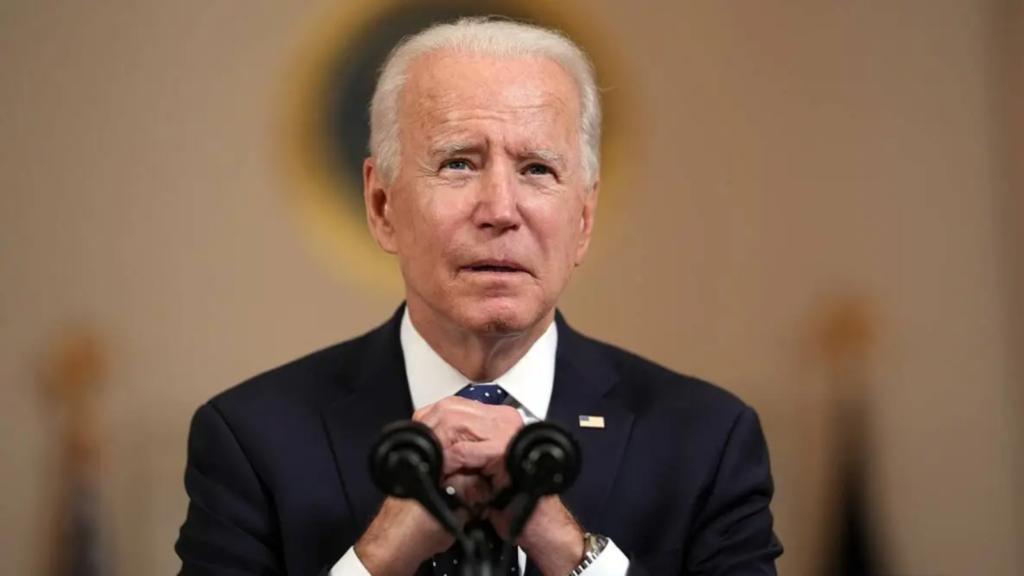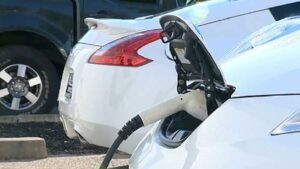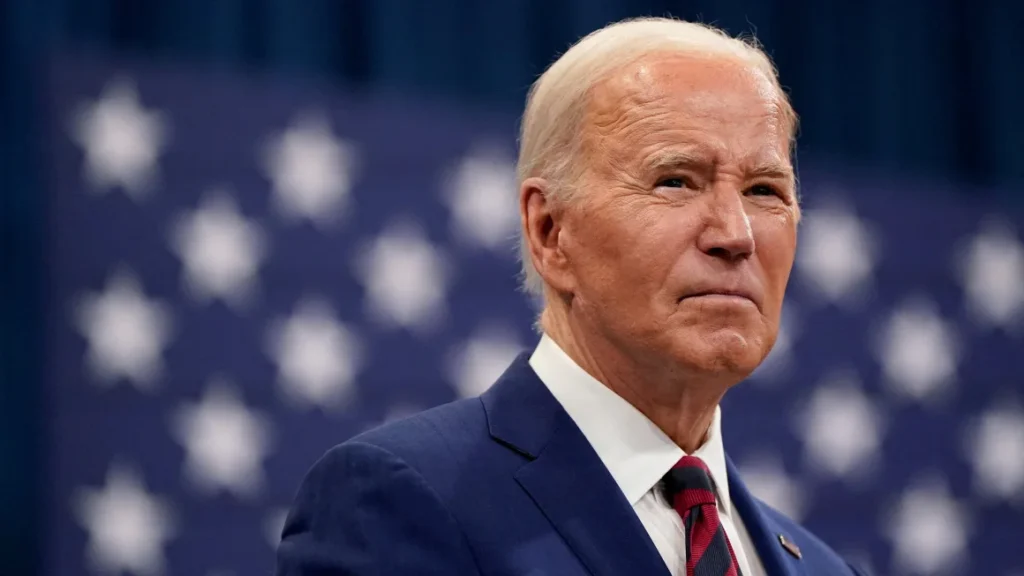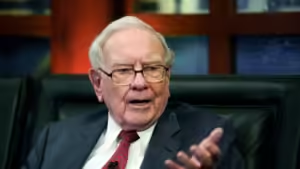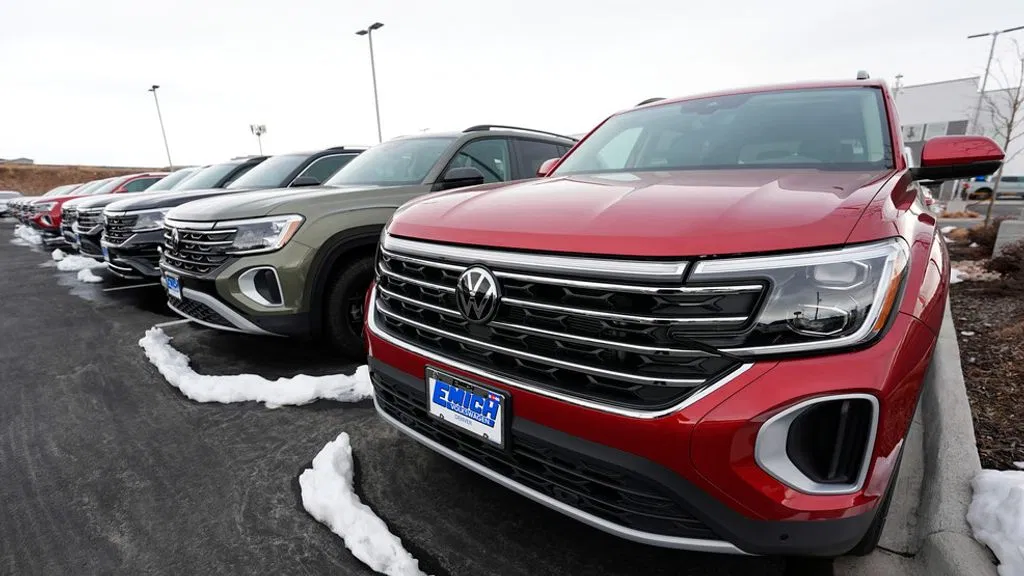
New vehicle sales in the U.S. rose nearly 5% from January through March, as buyers stayed in the market despite high interest rates. But electric vehicle sales growth slowed during the first three months of the year, with mainstream buyers wary of limited range and a lack of charging stations. Automakers, most of which reported U.S. sales numbers this week, sold nearly 3.8 million vehicles in the first quarter versus a year ago, for an annual rate of 15.4 million in sales.
With inventory on dealer lots growing toward pre-pandemic levels, auto companies were forced to reduce prices. J.D. Power said the average sales price in March was $44,186, down 3.6% from a year ago and the largest recorded decline for the month of March. The company said automaker discounts in March were two-thirds higher than a year ago, around $2,800. That includes increased availability of lease deals. J.D. Power expected leases to account for almost a quarter of retail sales last month, up from 19.6% in March of last year.
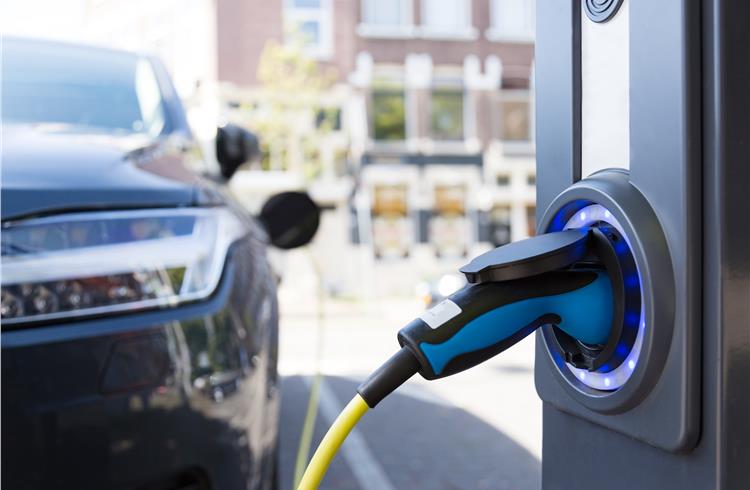
Sales of electric vehicles grew only 2.7% to just over 268,000 during the quarter, far below the 47% growth that fueled record sales and a 7.6% market share last year. The slowdown, led by Tesla, confirms automakers’ fears that they moved too quickly to pursue EV buyers. The EV share of total U.S. sales fell to 7.1% in the first quarter.
Nearly all of the early adopters and people concerned about internal-combustion engines’ impact on the planet have bought electric vehicles, and now automakers are facing more skeptical mainstream buyers, Edmunds Director of Insights Ivan Drury said. “That’s where all of those headwinds come in that we’ve seen in survey data,” Drury said. “Those real-world concerns about charging infrastructure, battery life, insurance costs.”
Cox Automotive Chief Economist Jonathan Smoke cautioned it appears the industry has already hit its spring sales peak as buyers expect the Federal Reserve to cut interest rates later in the year. “Interest rates are still near 24-year highs, and consumers just don’t have the urgency to buy, with the expectation that rates will be lower later this year,” he wrote in a market report.

Automobile interest rates still are averaging around 7% per year. Drury said vehicles that are more affordable are selling faster than more expensive ones. Sales of many large and expensive SUVs fell during the quarter as companies faced more frugal buyers. “Small sells, whether it be size or the sales price,” Drury said.
For example, General Motors’ Chevrolet brand sold 37,588 Trax small SUVs in the quarter, more than a fivefold increase from a year ago. By itself, the Trax, which starts around $21,500, outsold the entire Cadillac brand. Most automakers reported strong year-over-year sales increases from January through March, but General Motors, Stellantis, Kia and Tesla all reported declines.
GM, the top-selling automaker in the U.S., reported that sales were down 1.5% for the quarter, while Stellantis sales were off nearly 10%. Kia sales were down 2.5%. All three companies reported strong first quarter sales a year ago.

Toyota reported a large sales increase, 20%, for the quarter, and said combined sales of its hybrids and lone electric vehicle rose 36%. Honda said its sales increased 17%, while Nissan and Subaru both posted 7% increases. Hyundai reported an increase of just 0.2%.
TESLA
Tesla sales fell sharply last quarter as competition increased worldwide, electric vehicle sales growth slowed, and price cuts failed to lure more buyers. The Austin, Texas, company said that it delivered 386,810 vehicles worldwide from January through March, almost 9% below the 423,000 it sold in the same quarter of last year. It was the first year-over-year quarterly sales decline in nearly four years.
Sales also fell short of even the most bearish Wall Street expectations. Auto industry analysts polled by FactSet were looking for 457,000 vehicle deliveries from Tesla Inc. That’s a shortfall of more than 15%. The company blamed the decline in part on phasing in an updated version of the Model 3 sedan at its Fremont, California, factory, plant shutdowns due to shipping diversions in the Red Sea, and an arson attack that knocked out power to its German factory.
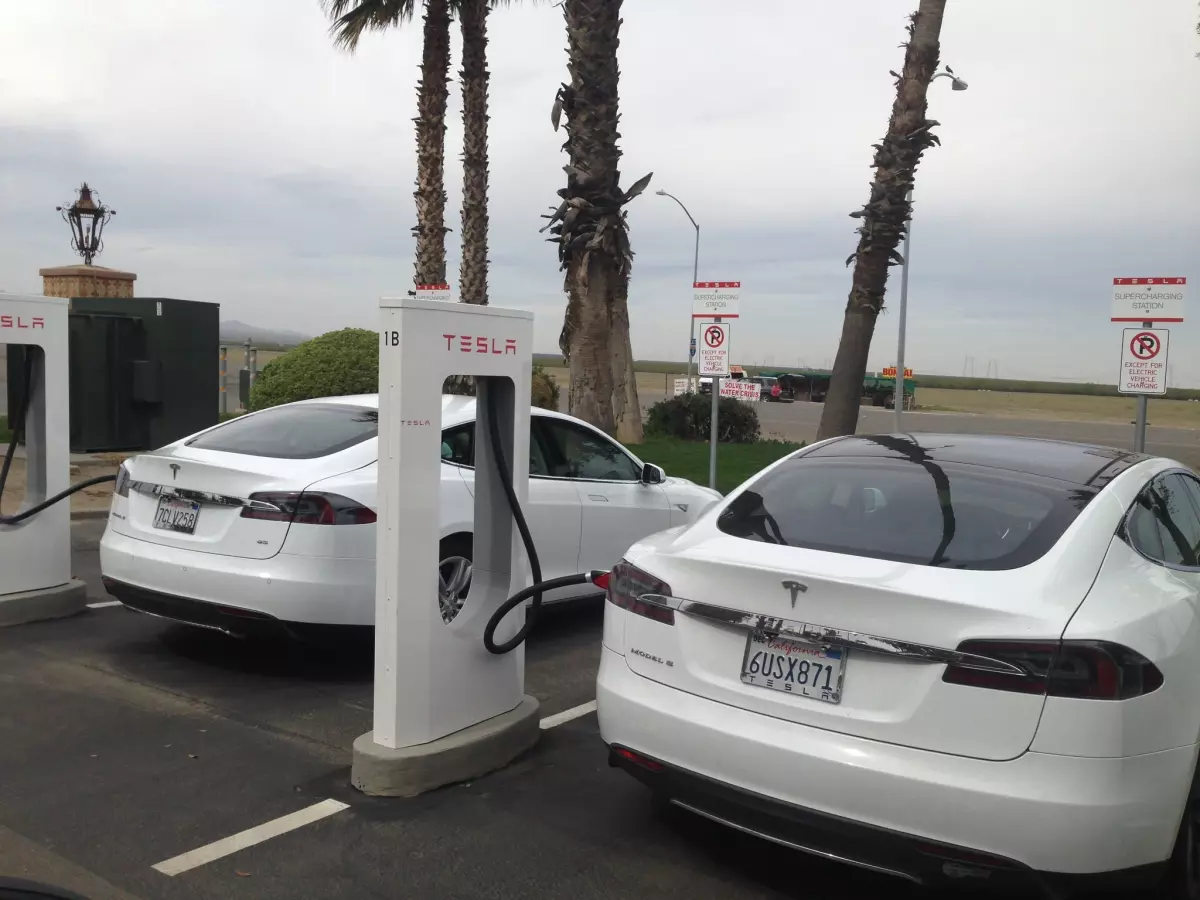
But TD Cowen Analyst Jeffrey Osborne wrote in a note to investors that weaker March sales indicate that incentives, including discounts and a free trial of “Full Self Driving” software, “did not work as demand deteriorated.” Despite the sales decline, Tesla was able to retake its global EV sales crown from China’s BYD, which sold just over 300,000 electric vehicles during the quarter, Osborne wrote.
In its letter to investors in January, Tesla predicted “notably lower” sales growth this year. The letter said Tesla is between two big growth waves, one from global expansion of the Models 3 and Y, and a second coming from the Model 2, a new, smaller and less expensive vehicle with an unknown release date.
“This was an unmitigated disaster 1Q that is hard to explain away,” wrote Dan Ives, an analyst with Wedbush who has been very bullish on Tesla’s stock. The drop in sales was far worse than expected, he wrote in a note to investors. The quarter is a “seminal moment” in the esla growth story, Ives wrote, adding that CEO Elon Musk will have to turn the company around. “Otherwise, some darker days could clearly be ahead that could disrupt the long-term Tesla narrative.”
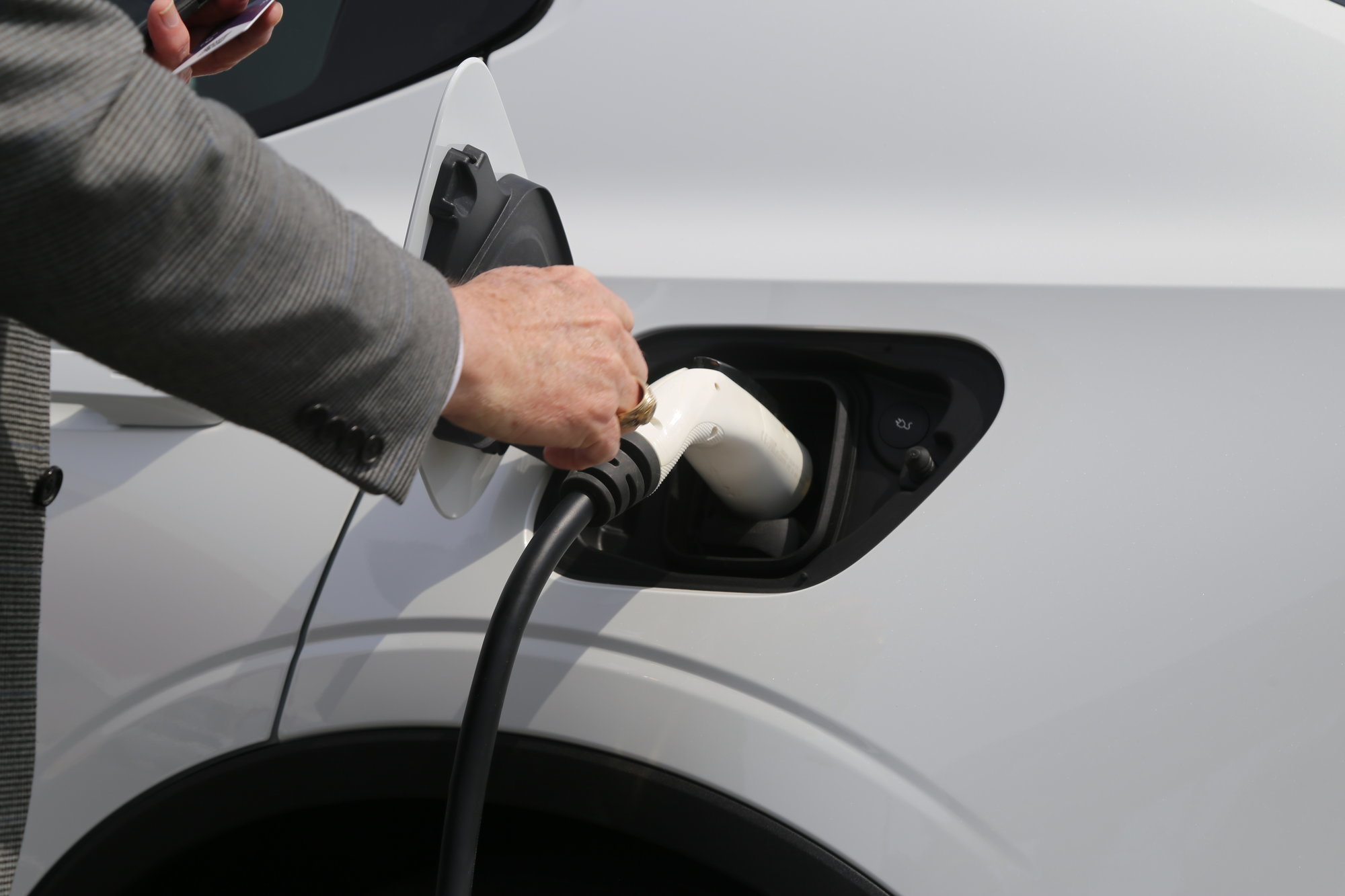
Ives maintained his Outperform rating on Tesla’s shares and cut his one-year price target from $315 to $300. Ives estimated that China sales slid 3% to 4% during the period.
“Street criticism is warranted as growth has been sluggish and (profit) margins showing compression, with China a horror show and competition increasing from all angles,” Ives wrote. Tesla dramatically lowered U.S. prices by up to $20,000 for some models last year. In March it temporarily knocked $1,000 off the Model Y, its top-selling vehicle. Those price cuts narrowed the company’s profit margins and spooked investors.
Analysts polled by FactSet expected the average selling price for Model Y to be $41,000 last quarter, $5,000 less than a year ago and $15,000 lower than the peak of $56,000 in June of 2022. Tesla’s sales numbers also pulled down shares of its U.S. EV competitors. Shares of Rivian fell 5.2%, while Lucid stock dropped 3.5%.
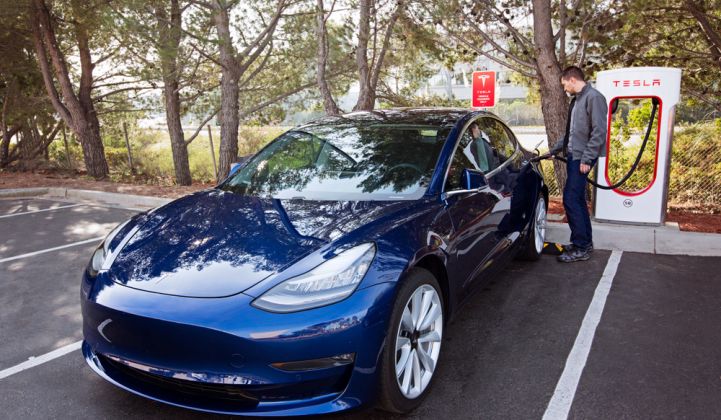
Deliveries of the Models 3 and Y, fell 10.3% year over year to 369,783. Sales of the company’s other models, the aging X and S and the new Cybertruck, rose almost 60% to 17,027. Tesla produced 10.7% more vehicles than it sold during the first quarter.
Softer-than-expected first-quarter sales are reducing analyst expectations for Tesla’s quarterly earnings ahead of their scheduled release on April 23. Tesla’s sales come against the backdrop of a slowing market for electric vehicles in the U.S. EV sales grew 47% last year to a record 1.19 million as EV market share rose to 7.6%. But sales growth slowed toward the end of the year. In December, they rose 34%.
